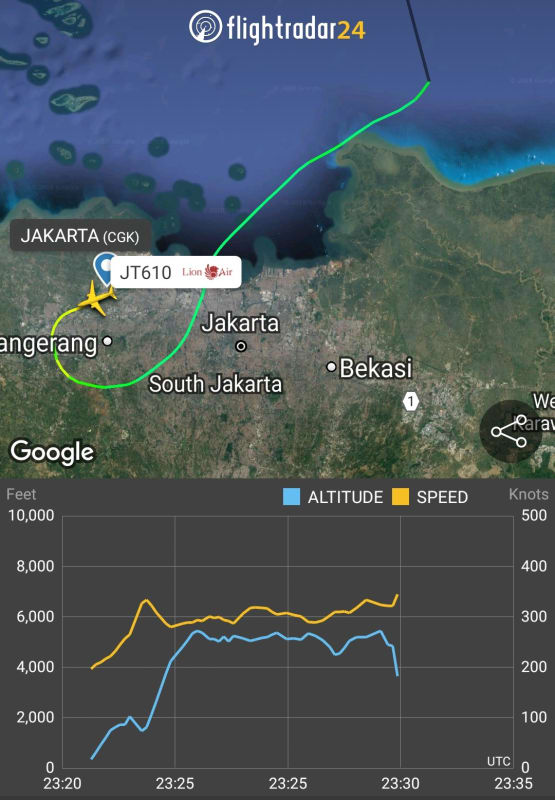All this talk of using GPS for attitude reference is getting off topic. I am duly impressed by growing capabilities of GPS. It is not used for this function in commercial aircraft. GPS has other functions in commercial aircraft, most especially as a navigation reference. You can even couple your approach to runway landing to a suitable GPS reference. However,
attitude is not
navigation. Nose pitch up and pitch down is
attitude, not navigation.
This is what commercial aircraft use for AHRS (Attitude & Heading Reference System).
Collins
Universal
Honeywell
They contain MEMS gyros. Lots of them. There is no co-ax connector on these boxes. They don't use GPS.
With this context clarified, my question bcomes
"How did the autopilot system let the airspeed sensors out-vote the AHRS sensors?"
Now that I'm on this rant, I would be remiss if I didn't spill some more acronyms, such as Air Data and Inertial Reference Unit (ADIRU) and Standby Attitude and Air Data Reference Unit (SAARU), which are similar to the AHRS, except they actually DO HAVE airspeed data inputs. Each of these also depend on inertial references for attitude. The 737 MAX may have multiples or none, depending on the system design. I don't have a 737 MAX Flight Crew Operation Manual here, so I can't tell you exactly which boxes it uses. If it does have these, then inside these specific boxes is an algorithm that evaluates the integrity of all data sources and chooses the best for the attitude and condition of the aircraft. I really want to know if something is going wrong inside these boxes, causing the confusion in the flight director system, because that confusion is supposed to be designed out of them. At a very fundamental level, the design goal in these systems is to minimize this specific hazard.
Here's a summary of the
Boeing 777's Fly-By-Wire System for reference. The new 737-Max could be similar.
No one believes the theory except the one who developed it. Everyone believes the experiment except the one who ran it.
STF

